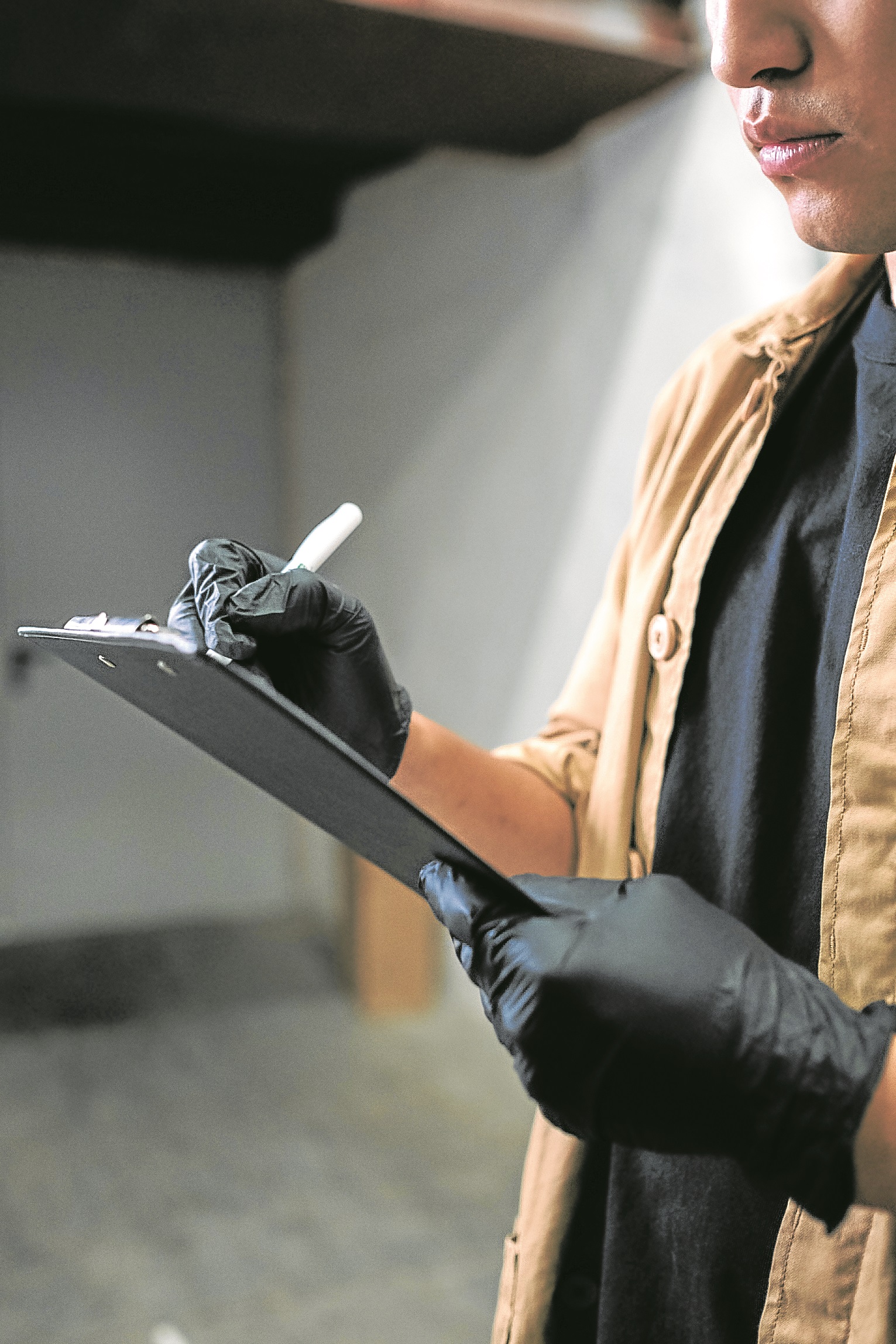The turnover of condominium units should be an exciting time for any buyer, whether you’re a newlywed ready to start your own family or a businessman looking to rent out your units.
Before you go about celebrating, however, you would want to make sure that your new unit is free from defects. After all that you’ve been through the past year, wouldn’t you want 2021 to be a smooth-sailing time for you in your new home?
If you’ve just gotten news that your condominium unit is about to be handed to you soon but have no idea about “punch listing” or identifying construction defects, don’t fret. We’ve prepared a simple guide to help you make sure that you’re getting your money’s worth with your new unit, even if you don’t have the technical know-how. Of course, nothing can guarantee that you won’t encounter any problems in the future, but knowing the tell-tale signs now can at least save you from headaches and unwarranted expenses. Here are some of the things you must do during the turnover of your condominium unit.

Allot the time
This should go without saying, but it needs to be said nonetheless: checking your unit takes time. Ideally, you should allot a few hours to inspect your unit. The larger your unit, the longer it will take to thoroughly inspect. While at first glance your unit may appear to be perfect, it pays to check the details to ensure that you won’t encounter any problem when you actually go and move-in.
During the inspection process, don’t be shy to go back and forth inside your unit, taking photos, checking lists and measuring the dimensions of the rooms. This would allow you to understand what you’re actually getting once the unit is turned over to you. Also, ask to see the common areas and corridors to ensure that these deliverables are also as per your agreement with the developer.

Prepare a checklist
It’s best to come prepared to an inspection. Ideally, you should make a checklist of the receivable items and possible defects onsite. Many developers actually issue a list to homeowners during the procedure, but it would be wise to have your own set of standards ready on hand. Also, bring a copy of the floor plan and other contract documents you have as reference.
In terms of receivable items, your list should contain what you are expecting to be delivered onsite. Check room finishes, fixtures, cabinets and even furniture if these are included in your contract with the developer. Utilities, in particular, should be tested. Turn on the light fixtures, range hood, faucets and sensor switches (if applicable) to see if they are all operational and in good condition.
In terms of flaws, meanwhile, keep an eye out for scratches, chips, cracks, uneven flooring, tile damages and leaks. If you happen to be visiting on a rainy day, check out the windows and doors to see if they are well-sealed to prevent rain from entering indoors.

Bring tools
Bring post-its, masking tape, pens and even a measuring tape to the turnover to allow you to mark any flaws you might see during the inspection. Don’t hesitate to ask questions to the developer’s representative who will accompany you to help manage expectations. If you happen to have an architect, engineer, interior designer or any other technical professional who can accompany you to the turnover, invite them to come with you. Otherwise, keep a sharp eye to make sure you are getting what you paid for.
Take photos
Take photos of your unit-to-be and not just for Instagram. Photos would tell you later on if any problems that you encounter in your condominium unit were already present during the turnover. It can also help you backtrack if for some reason you had to rush the inspection process during the turnover. In particular, take photos of the unit’s features and details. Document any flaws or problems that you notice onsite to serve as reference for any complaints. Take photos from the corner of the unit to get an overall view of the room.

Watch out for cracks
Cracks strike terror in both the hearts of homeowners and builders. Even at a small size, these defects can imply structural concerns that would be difficult to rectify especially in a finished building. Not all cracks, however, are a cause for worry.
According to Bob Vila, an American home improvement expert, it really depends on the size and the direction. Thin ones, or those that measure less than one-eighth of an inch (3mm) in size, are usually stress cracks. More often than not, they are harmless. Those that measure one-fourth of an inch (6mm) may indicate something more serious.
Large, angled cracks, or jagged ones may indicate foundation movement. If the crack widens at the top or at the bottom, the wall may be heaving and should be reported immediately. Lastly, if you notice moisture present in the crack, there may be a leakage problem.
Enjoy the process
While inspection and punch listing may sound like a lot of work, think of it this way: you’re just a few steps away from finally getting your dream unit. Doing your due diligence before the actual turnover can save you headaches in the future, plus it can sort out any concerns that you may have before you move in. At the end of the day, don’t stress yourself out if you see some flaws or concerns in your future home. Remember that the turnover process actually exists to rectify any problems before you live in the unit. Be polite but firm if you do notice any potential challenges. Once the developer addresses your concerns, schedule another inspection to ensure that things are finally in order. This way, once you finally move in, you can be rest assured that your new unit will be a truly safe and comfortable home for you and your family.
#realestateblogph | #realestateblogphpropertynews | #REBPH | #realestate | #homeowner | #guide | #condo | #condoturnover
Article and Photo originally posted by Inquirer last January 9, 2021 3:40am and written by Ar Vittoria Mawis-Aliston. Minor edits have been made by REBPH to cater to its own readers.







More Stories
Vista Land Celebrates 50 Years with Sandiwa: An Event Honoring Leadership, Legacy, and the Filipino Dream of Homeownership
Vista Land Celebrates Love Month in Ilocos Region
Vista Land Bridges Cebuano Heritage and Progress with Valencia by Vista Estates